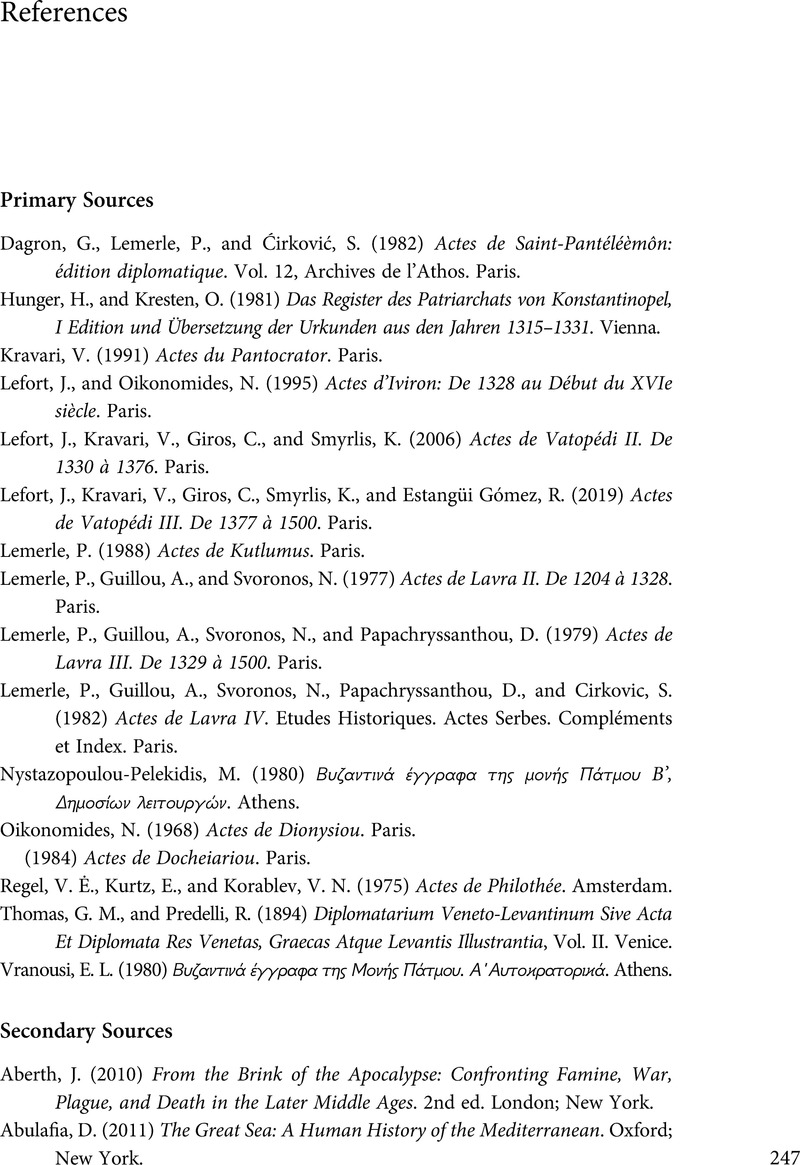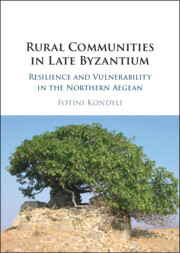Book contents
- Rural Communities in Late Byzantium
- Rural Communities in Late Byzantium
- Copyright page
- Dedication
- Contents
- Preface
- 1 In Search of Late Byzantine Rural Island Communities
- 2 Who’s Who in the Rural Landscape
- 3 Pathways of Resilience
- 4 Defending the Realm
- 5 Community-Building in the Face of Crisis
- 6 The Return of the People
- Book part
- References
- Index
- References
References
Published online by Cambridge University Press: 24 February 2022
- Rural Communities in Late Byzantium
- Rural Communities in Late Byzantium
- Copyright page
- Dedication
- Contents
- Preface
- 1 In Search of Late Byzantine Rural Island Communities
- 2 Who’s Who in the Rural Landscape
- 3 Pathways of Resilience
- 4 Defending the Realm
- 5 Community-Building in the Face of Crisis
- 6 The Return of the People
- Book part
- References
- Index
- References
Summary

- Type
- Chapter
- Information
- Rural Communities in Late ByzantiumResilience and Vulnerability in the Northern Aegean, pp. 247 - 276Publisher: Cambridge University PressPrint publication year: 2022



